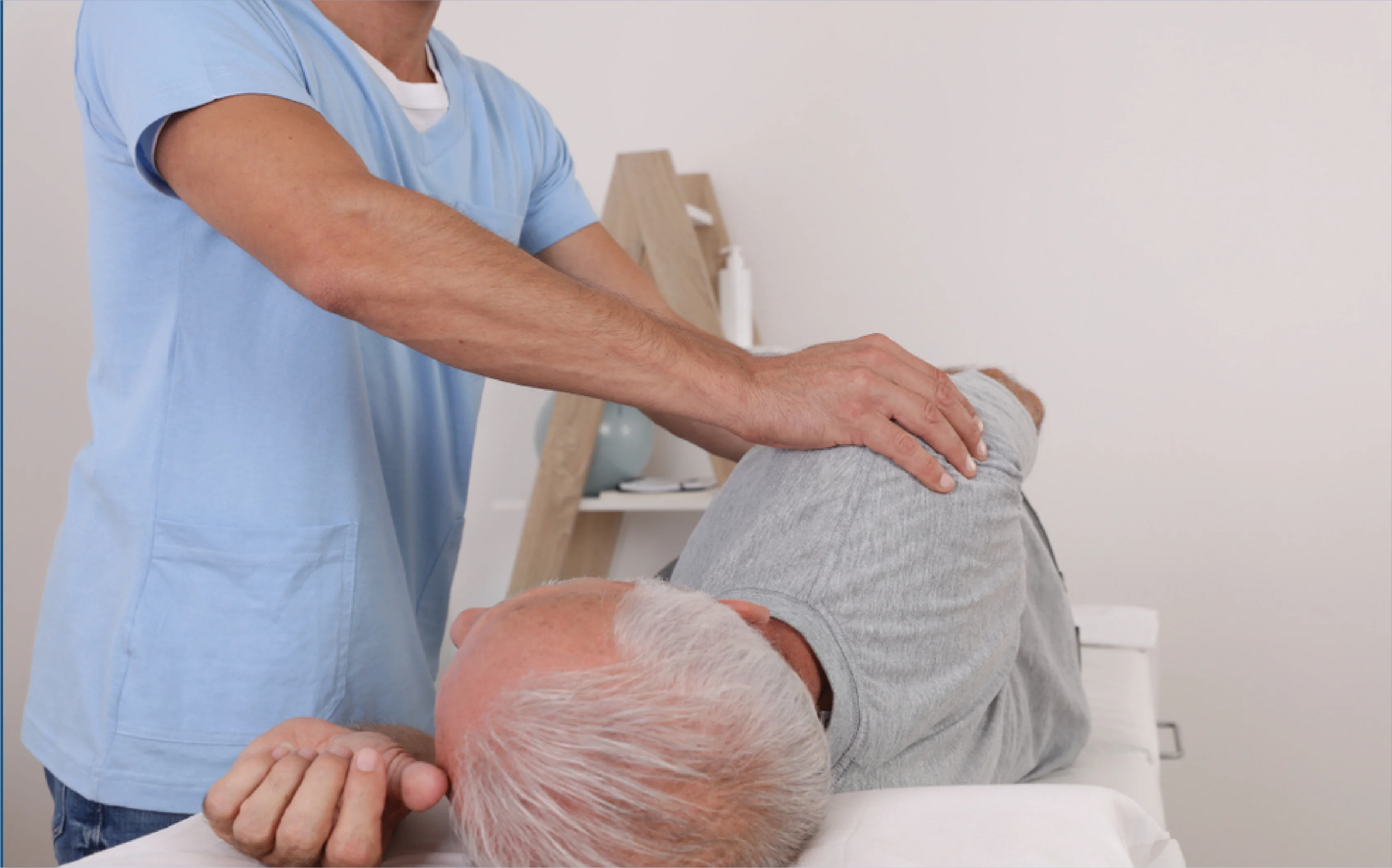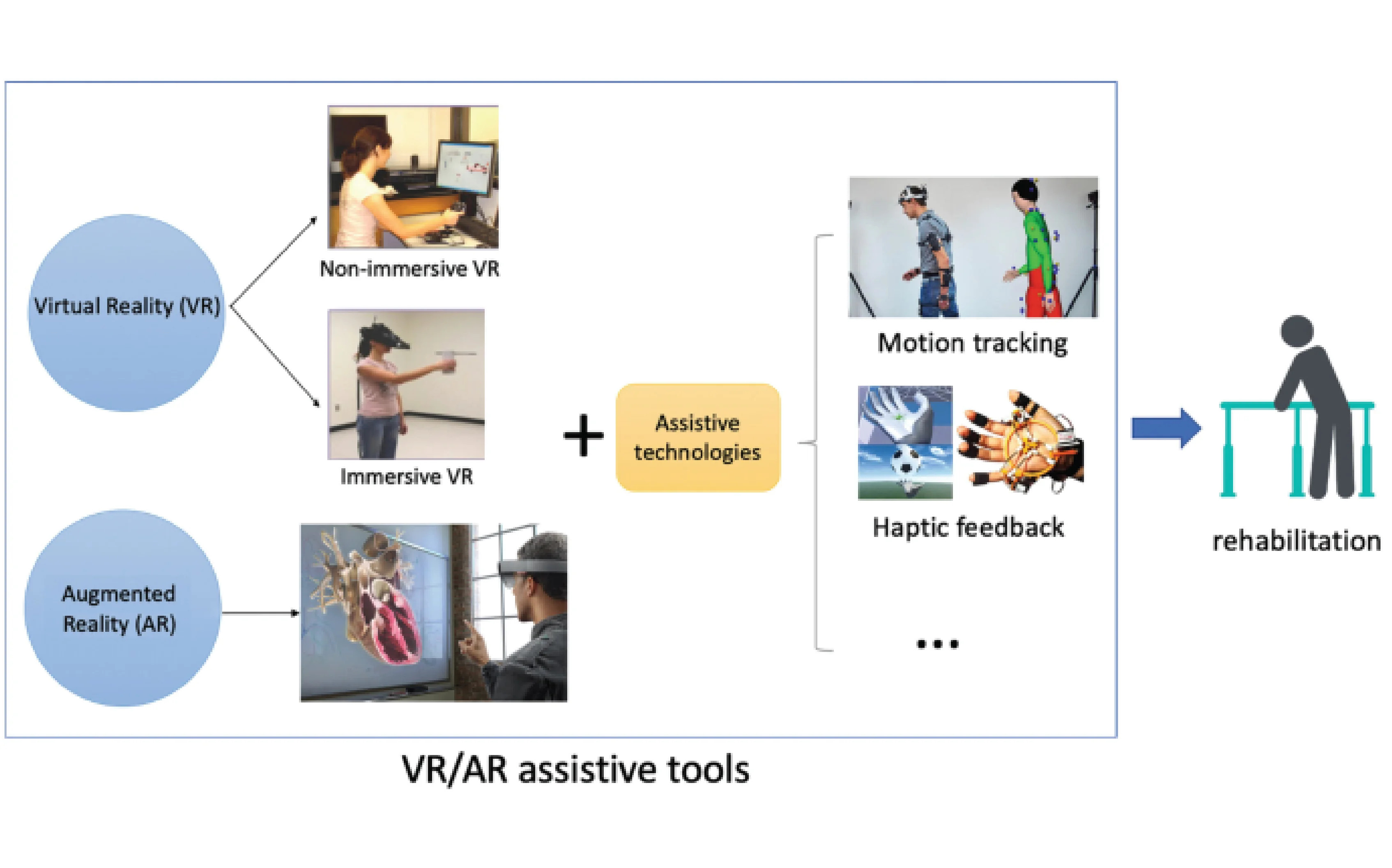
Neuro-rehabilitation is one field that has come a long way over the last decade. What was previously the sole preserve of physical therapy exercises and rudimentary motor training now evolves into an extremely advanced, highly customized road to recovery. New technologies like robotic rehabilitation, virtual reality rehabilitation, and brain rehabilitation tools are now providing patients with faster, safer, and more engaging ways to overcome neurological injury and disease.
Whether stroke, spinal cord injury, traumatic brain injury, or neurodegenerative illnesses like Parkinson's, such new devices are revolutionizing the treatment of recovery for doctors and physiotherapists.
Read Also: What is Advanced Neuro Rehab?
 What Is Neuro-Rehabilitation?
What Is Neuro-Rehabilitation?Neuro-rehabilitation is a form of therapy whose goal is to restore functioning, mobility, and independence to patients after an injury or illness of the nervous system. This includes conditions like:
The goal of neuro-rehabilitation, however, is not merely to increase muscle strength or mobility but also to retrain the nervous system and brain to reshape and form new pathways—a process referred to as neuroplasticity.
Read Also: Choosing the Best Neuro Rehab Center for You: Factors to Consider
Previously, neuro-rehabilitation relied significantly on repetitive manual therapy. While a benefit, it was restricted by speed, precision, and patient involvement. However, today, neuro rehabilitation technology offers more engaging and intelligent ways of enabling recovery. It is intelligent, more effective, and more efficient than manual therapy can ever offer.
Read Also: Rehabilitation Centres In Delhi And India: Everything You Need To Know
Robotic rehabilitation is likely the most exciting breakthrough on the horizon. Using equipment that has been programmed to control or assist movement, it allows patients to relearn disabled skills or build weak muscles more effectively.
Rehabilitation robots can support the limb (such as an arm or leg) and have it move through repetitive, controlled movements. This mimics natural patterns and allows patients to move despite compromised strength or control.
Robotic devices are especially useful for:
Types of rehabilitation robotics include:
These devices relieve pressure on therapists and provide patients with focused, repetitive therapy. They also track progress, measure muscle activity and adjust levels of difficulty based on performance.
Read Also: Best Neuro Rehab Center in Bangalore
Virtual reality (VR) rehabilitation is not just about video games—it's about immersive therapy. VR offers a 3D, interactive environment where patients can perform activities that they feel are real but are actually fully scripted.
For example, a stroke survivor will use VR to "catch" virtual balls or explore a virtual city. These kinds of tasks may appear to be playing but are scientifically designed to activate specific regions of the brain and body.
Read Also: Rehabilitation Treatments for Spinal Cord Injury
Brain rehab technologies aim to stimulate the brain itself or to observe brain activity for recovery. Examples are devices that use neurofeedback, transcranial stimulation, and brain-computer interfaces (BCIs).
Principal technologies:
These are most promising for those with severe paralysis, as they bypass the faulty pathways and connect brain activity directly to movement or action.
Recovery does not depend on technology alone. Sophisticated physiotherapy techniques are still at the heart of it all, especially when combined with sophisticated equipment.
Today's neuro-physiotherapists are trained to use robotics, VR, and other devices to maximize potential for recovery. They design goal-oriented exercise programs using:
The integration of technology and professional skills ensures therapy is effective, responsive, and human-centered.
These technologies are not the exclusive domain of high-end rehab centers—now they are being integrated into treatment for a wide range of patients:
The earlier the therapy starts, the better. Several technologies are used more and more even in intensive care units (ICUs) to start neuro-rehabilitation while the patients are under critical care.
Yes. With technological advancements and cloud solutions, many brain rehabilitation devices and virtual reality gear can now be used for home therapy. This promotes consistency, saves time, and makes therapy more accessible.
Some examples are:
Remote monitoring and tele-rehabilitation allow therapists to track progress and adapt real-time, even remotely.
Neuro rehabilitation technology is changing fast. Over the next few years, we can expect:
These technologies will allow millions of people to heal faster and more completely — and live more autonomously.
While most rehabilitation robots and brain rehabilitation devices are safe and fully tested, they always need to be used under professional supervision. Common concerns are:
Like with any therapy, results will differ by age, extent of injury, and other health conditions. When used correctly, though, these technologies can yield life-changing enhancements.
From robot arms to help you walk again to virtual reality to retrain your brain, the neuro-rehabilitation technologies are rewriting the book of what can be achieved after neurological injury. Not only do these new technologies speed up recovery, they bring back hope and independence to those who need them most.
Whether robotic rehabilitation, virtual rehabilitation, or improved physiotherapy techniques, the recovery process today is more empowering, interactive, and effective than ever.
Your brain can heal — and with the right technology, heal more quickly.
Book an Appointment
Call Us09035030623